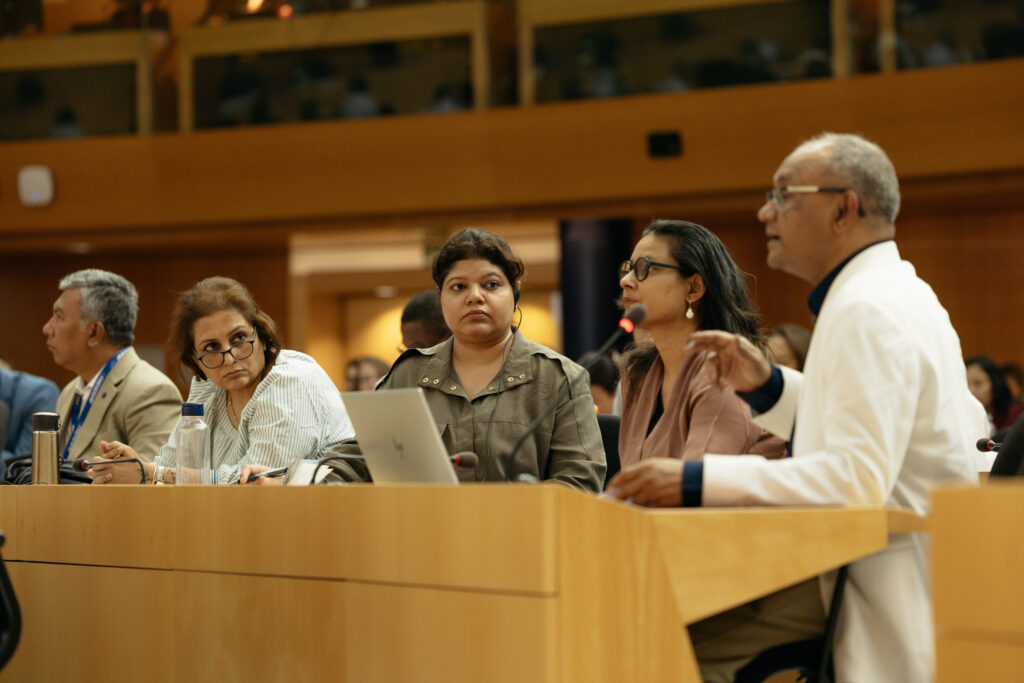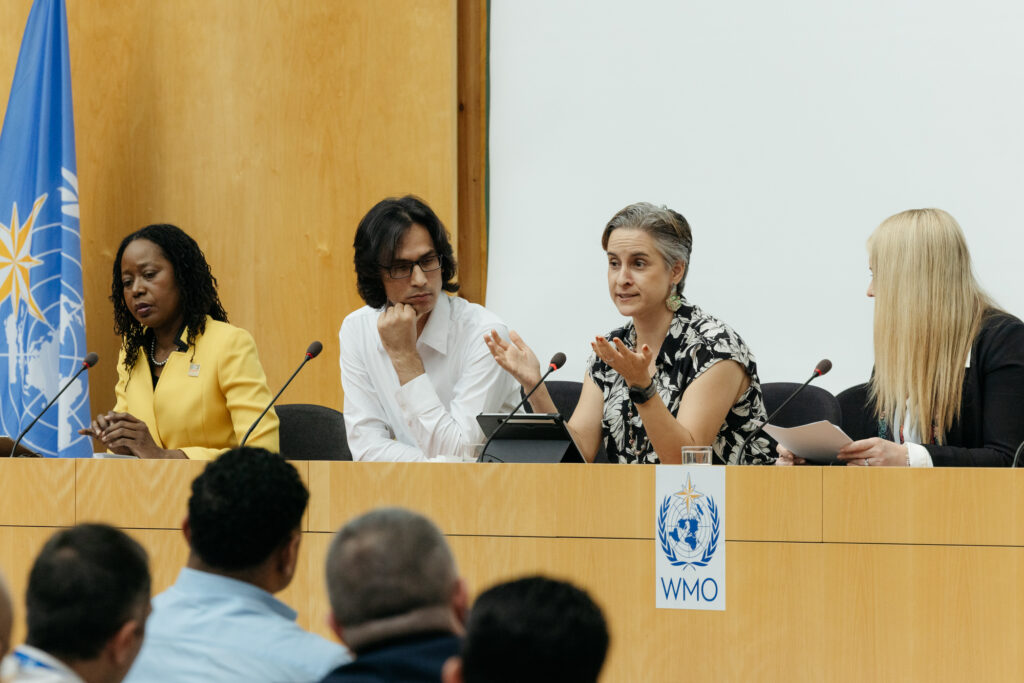Civil Society was included but were we listened to?
The Global Platform (GP) is the global multi-stakeholder forum to review progress on the implementation of the Sendai Framework for Disaster Risk Reduction. After the dust has settled, GNDR’s Head of Policy and Research, Becky Murphy provides this policy analysis.
Why now? Why so important?
The 2025 Global Platform for DRR (GP) made an urgent call to act now for resilience. Held in Geneva from 2-6 June, this was the 8th session of the Global Platform for DRR. GNDR recognised the importance of this particular GP as it was the first since the Sendai Mid-Term Review (MTR) process was completed and the penultimate GP for the Sendai Framework for Action.
Ultimately it was an opportunity to reflect on whether we can get back on track and reach the Sendai targets by 2030 or if we are running out of time. One of the key outcomes of the MTR is for all stakeholders to be meaningfully engaged to accelerate a whole-of-society approach for the last five years of the Sendai Framework for Action implementation.
Our allies at UNDRR certainly championed this and supported us to create space for civil society voice across the agenda*. However, the big question is: were we listened to? Did government member states hear our call-to-action messages and did our voice lead to tangible action?
Time to think…
It has been a couple of months since GNDR took one of its largest delegations to date of staff and members to the GP. The high level dialogue dust has settled and we’ve had some time to think. We’ve celebrated winning the prestigious Sasawaka Award and congratulated our members on their powerful interventions in Geneva. However, before the global community’s attention swings to COP30, we must ask, did civil society’s voice make an impact and will government member states take forward our call to action messages?
Were we included? Yes. Very much so. Were we listened to and did our voice lead to tangible action? Not entirely…

